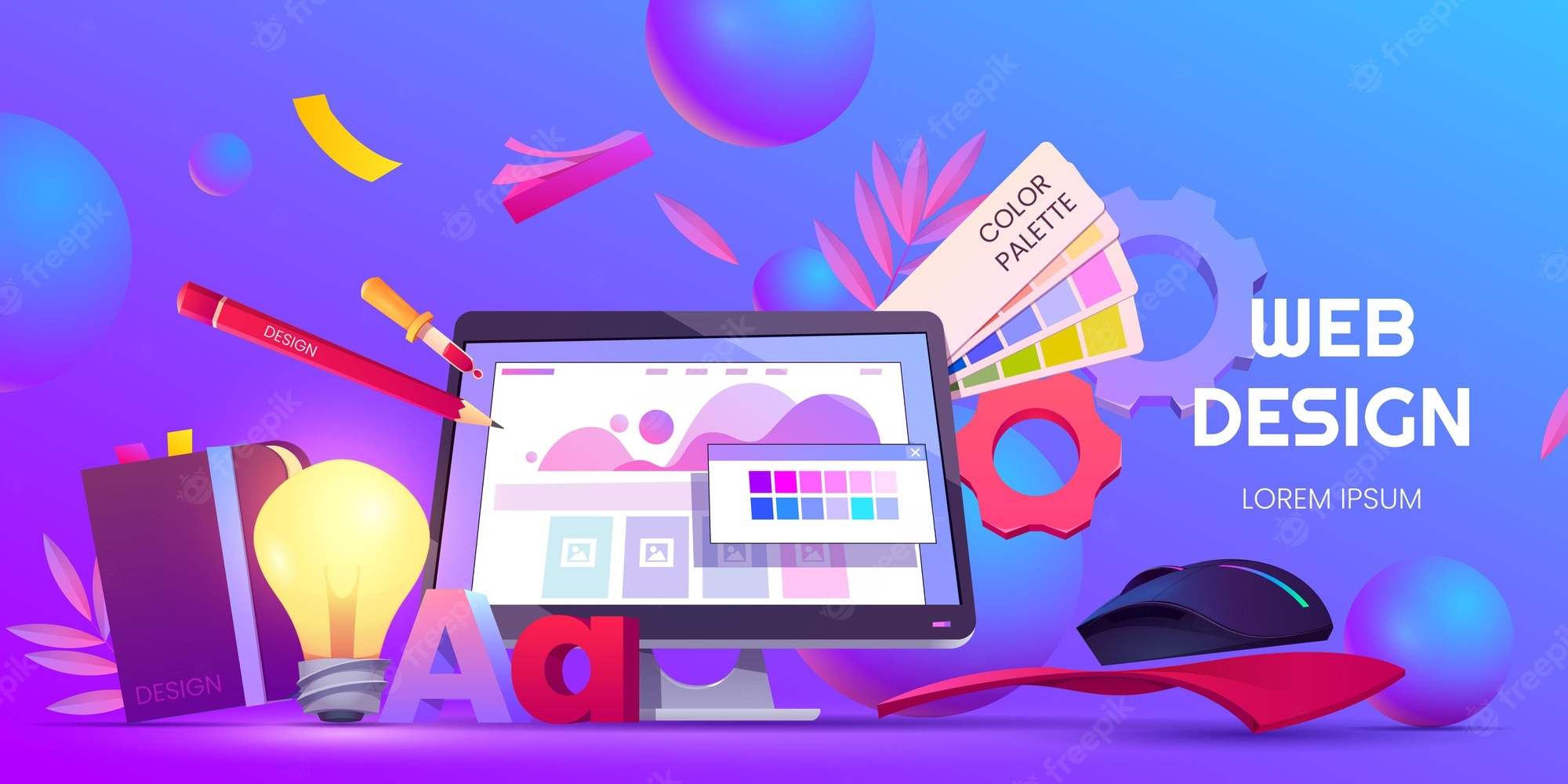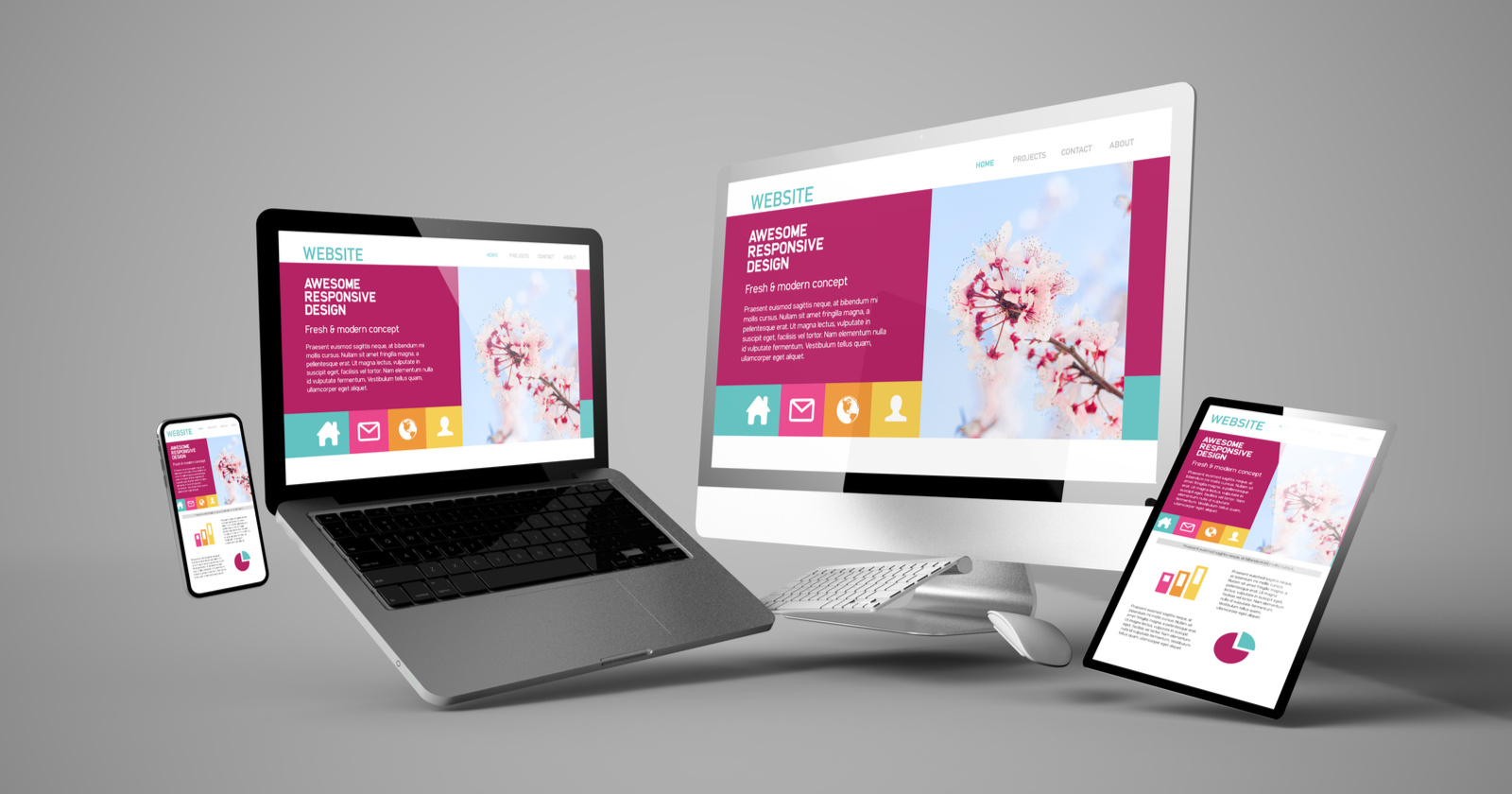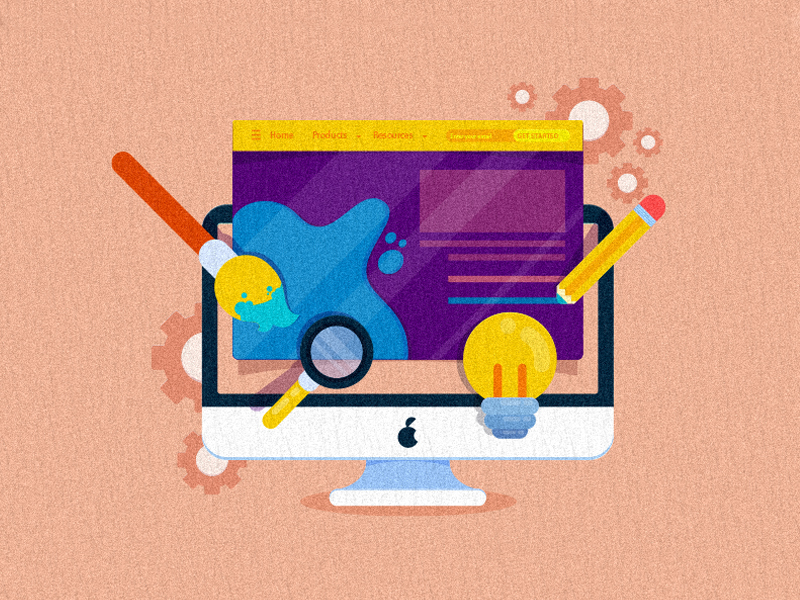Aligned Position Web Design: Building Responsive, Mobile-Friendly Websites for Modern Users
Aligned Position Web Design: Building Responsive, Mobile-Friendly Websites for Modern Users
Blog Article
The Ideal Kinds Of Website Design to Boost Customer Experience and Involvement
In the ever-evolving landscape of digital communication, the efficiency of Web layout substantially impacts customer experience and interaction. Numerous design methods, such as minimal, responsive, and interactive designs, each offer distinct benefits that can cater to diverse individual requirements.
Minimalist Web Style
As digital landscapes come to be progressively chaotic, minimalist website design has emerged as a powerful method to boosting customer experience. This design philosophy prioritizes simpleness, focusing on crucial elements while eliminating unneeded distractions. By using ample white room, uncomplicated navigating, and a restricted color scheme, minimal design cultivates quality and routes individual focus to essential content.
The core principle of minimal website design is to create a smooth interaction for users. By lowering cognitive tons, users can quickly comprehend details without feeling overwhelmed. This straight method not only boosts functionality yet additionally motivates interaction, as visitors are much more most likely to check out a website that is aesthetically appealing and easy to navigate.
In addition, minimalist design commonly highlights typography and imagery, utilizing these elements tactically to communicate messages efficiently. This emphasis on crucial parts can boost brand name identity and create a remarkable user experience. Essentially, minimal Web style is not just a trend; it is a thoughtful approach that acknowledges the significance of user-centered design. By stripping away peripheral elements, developers can create a more appealing, efficient, and pleasurable Web experience for all individuals.
Responsive Web Layout
In today's diverse digital setting, responsive Web design has ended up being necessary for creating a smooth user experience throughout a plethora of tools. As individuals gain access to internet sites on mobile phones, desktop computers, laptops, and tablets, the capability of a site to adapt its design and material to various display dimensions and resolutions is crucial.
Receptive Web layout utilizes flexible grids, images, and CSS media questions to guarantee that Web content is presented ideally, no matter the tool utilized. This strategy not only improves the visual charm of a site however likewise significantly improves usability. Individuals are extra most likely to involve with a website that offers a regular experience, as it gets rid of the disappointment of having to focus or scroll excessively.
By embracing receptive design, businesses can improve their exposure and reach a more comprehensive audience. In recap, responsive Web layout is a basic practice that improves individual experience, interaction, and overall contentment.
Interactive Website Design
Responsive Web style prepares for enhancing individual experience, yet interactive website design takes this an action even more by engaging users in an extra dynamic method - Aligned Position Web Design. By integrating aspects such as computer animations, clickable prototypes, and real-time feedback, interactive Web design mesmerizes individuals, drawing them right into a richer surfing experience
This strategy not only promotes involvement however additionally encourages customers to explore content actively rather than passively consuming it. Strategies such as gamification, where customers gain rewards for finishing jobs, can significantly improve the moment spent on a website and enhance overall fulfillment. Additionally, interactive features can simplify intricate info, making it more delightful and absorbable.

Integrating interactive style elements can additionally result in higher conversion rates, as customers are more probable to engage with a website that actively includes them. Aligned Position Web Design. Ultimately, interactive Web design changes user experiences right into memorable trips, guaranteeing that site visitors return time and once again
Flat Layout
Identified by its minimalistic technique, level design stresses simpleness and performance, removing away unnecessary aspects and blog here concentrating on important features. This style philosophy prioritizes usability, ensuring that customers can browse interfaces with ease and effectiveness. By using a clean aesthetic, level style eliminates the clutter commonly located in extra ornate styles, therefore enhancing user concentrate on web content and functionality.
The characteristic of flat style depends on its usage of strong colors, easy typography, and geometric forms. These elements add to an aesthetically enticing interface that is both contemporary and friendly. In click here for more addition, flat style promotes a feeling of clearness, allowing individuals to determine crucial activities and info without interruption.
Additionally, level layout is specifically efficient in responsive Web design, as its simpleness translates well across various devices and display sizes. By concentrating on important attributes, level style not just satisfies individual demands yet also encourages smooth communication, making it a crucial part of effective Web style methods.
Adaptive Website Design
Flexible website design tailors the individual experience by creating multiple taken care of layouts tailored to different display sizes and tools. Unlike responsive layout, which fluidly changes a solitary layout, adaptive design uses unique formats for specific breakpoints, making sure optimum discussion on numerous platforms. This technique permits designers to concentrate on the unique attributes of each tool, boosting usability by supplying exactly what individuals need based upon their context.
Among the key advantages of adaptive website design is its capability to optimize lots times and performance. By serving tailored web content and images that fit the user's gadget, web sites can minimize data use and boost loading speeds. This is particularly helpful for users with slower links or restricted information strategies.

Additionally, flexible design promotes a more regulated and constant branding experience. Since developers create numerous layouts, they can make certain that the visual elements line up with the brand name's identity across various systems - Aligned Position Web Design. This results in a cohesive individual experience, improving interaction and promoting user retention
Final Thought
Minimal layout fosters quality and focus, while receptive style ensures flexibility throughout different devices, promoting accessibility. Jointly, these layout approaches add to the creation of straightforward atmospheres that not just improve contentment however likewise drive higher conversion rates, underscoring their crucial relevance in modern Web layout strategies.

Minimal layout cultivates clearness and focus, while responsive design ensures versatility throughout various tools, promoting ease of access. Jointly, these layout approaches contribute to the production of easy to use atmospheres that not only boost satisfaction yet also drive higher conversion prices, underscoring their critical value in contemporary Web layout techniques.
Report this page